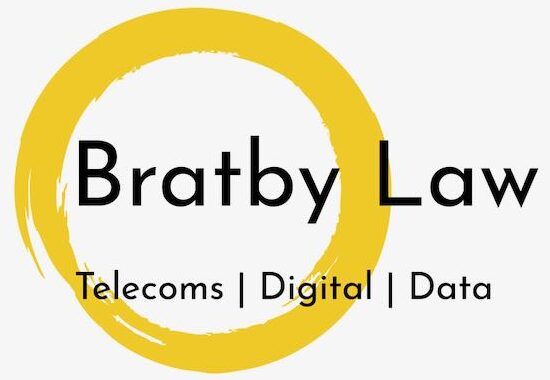Mobile banking and payment is a recurrent theme for this blog.
I have previously posted on rumours that the iPhone 5 might contain NFC technology, and mused on the possibilities unlocked by the integration of mobile payments with location-based offers and services.
This week sees both the publication of the (Monitise sponsored) Future Foundation’s research on emerging trends in mobile banking and tomorrow’s launch of the UK’s first commercial NFC mobile payment service by Orange and Barclays. Meanwhile, O2 announced that it had signed up Wave Crest, FIS™, Intelligent Environments and Visa Europe to enable its mobile wallet launch, following its earlier announcement that it was applying for e-money authorisation in its own right.
I was lucky enough to attend the Future Foundation’s launch event, presided over by Barry Clark. The attendees were more drawn more from the world of the traditional banks and payment institutions than the mobile ecosystem, but in contrast to the nascent mobile NFC payment products what struck me was that mobile banking is here, and that the debate has moved on from ‘if’, to ‘how fast?’. One common denominator between the traditional payment and mobile worlds was that both mobile banking and mobile payment were both enabled by increasing smartphone penetration (although another key enabler, not addressed by the Future Foundation’s work, although a key complement to smartphone penetration, was the availability and speed of mobile broadband).
The research illuminated the debate around ‘how fast’ with some evidence based insights into consumer behaviour. The first was that the recession had made controlling the household budget a task that made people feel good about themselves. The availability and always-on nature of mobile banking helped consumers to do something that they wanted to do, and that led to both adoption and advocacy of mobile banking products. The second was that mobile banking enabled people to fill time that would have otherwise have been wasted – what the Future Foundation called ‘smart boredom’.
Moving to Orange and O2’s announcements, the research also explored consumer attitudes towards adoption of mobile payment. Encouragingly for the emerging mobile payment services, 70% of those already using mobile banking are interested in using their handsets to pay for goods and services.
I intend to go to a shop to see if I can play with the technology on the Orange launch tomorrow. Initially the service will only be available on one handset, the Samsung Tocco Lite, and requires users to have a Barclays or Orange card. My feeling is that we will look back on this product in years to come with the same sense of ‘how far things have come’ that we have now when we look back on Gordon Gekko’s cellphone from the 1980s, but a first is always exciting. The O2 announcement is short on detail, but long on ambition, explaining future capabilities for their mobile wallet will include ‘m-commerce, airtime top ups, contactless / NFC payments and peer-to-peer payments.’

I think we need to really start to properly differentiate between mobile banking and mobile payments. Fully agree that mobile banking is here with a caveat that it does depend on who you bank with and what phone you want to use. For instance I bank with RBS and use Android. Therefore my mobile banking experience is totally non-existent in the way it is often described by the likes of Monitise.
Mobile payments however is still nascent and whilst the release from Orange is quite limited we can expect, from recent presentations from both them and O2 to see a much richer experience where shopping, payments, vouchers etc are all delivered through the device.